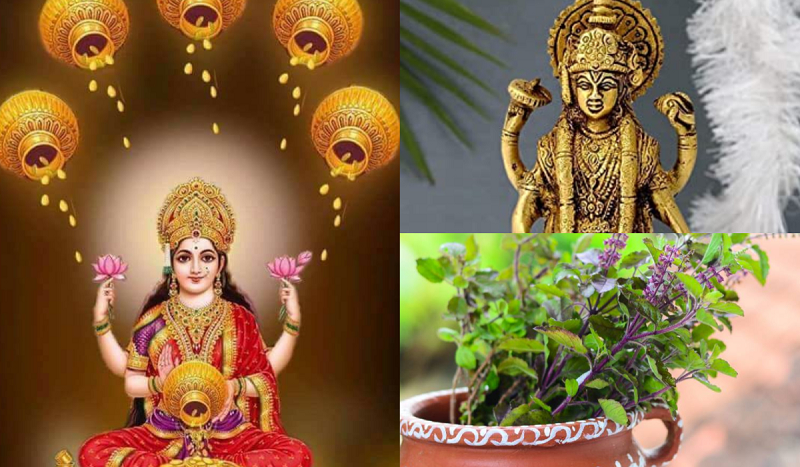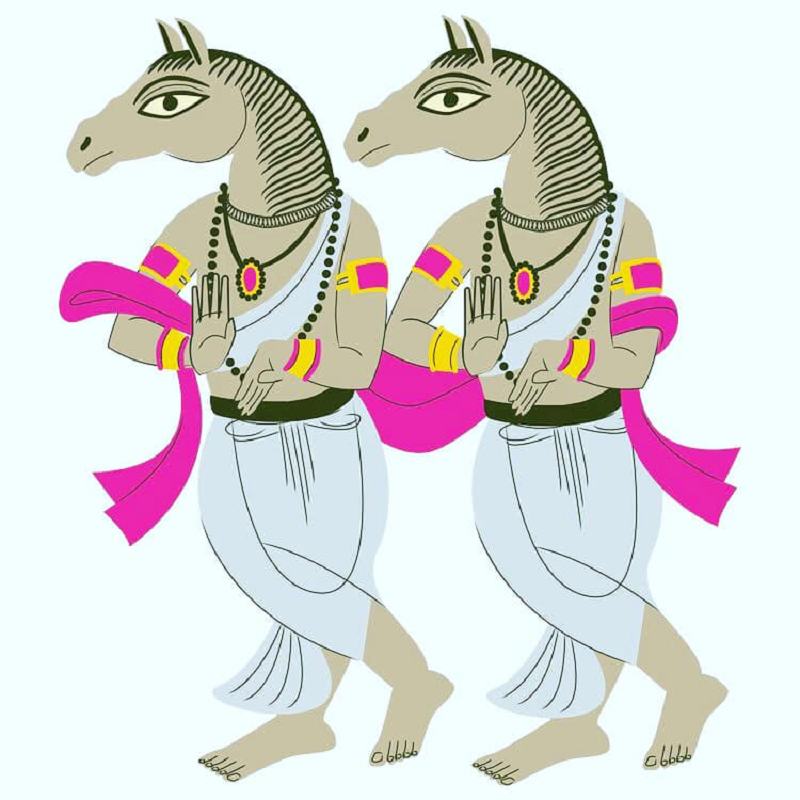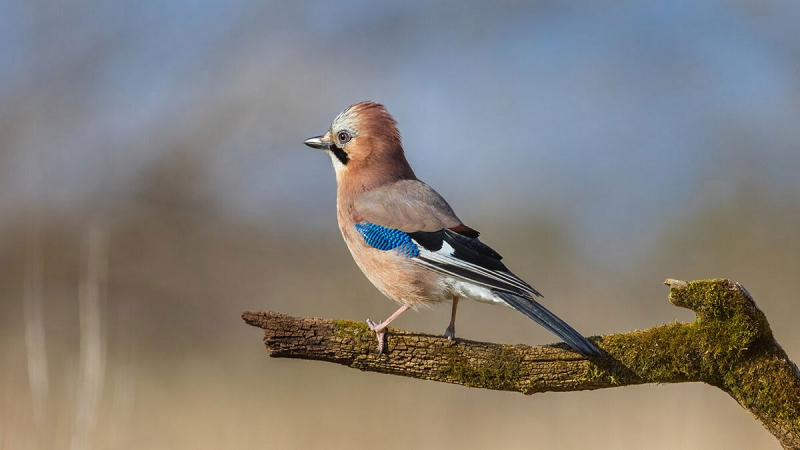Bundi is called the "Paradise of Birds". Bundi district, popularly known as Chhotikashi, has natural beauty. It has been famous for its culture, folk traditions, and historical heritage and as a favorite resort of local birds. The Aravali mountain ranges make Bundi even more picturesque. Bundi is rich in forests and wildlife and is famous for them. Bundi district is recognized by native and foreign birds roaming on the banks of water bodies and trees and wild animals roaming freely in densely forested areas. Bundi district includes part of the Ranthambore Tiger Reserve, Mukundra Tiger Reserve, Ramgarh Vishdhari Sanctuary, Chambal Gharial Sanctuary, and Jawahar Sagar Sanctuary. Presently the district has 1542.42 sq km of forest land which is 26.70% of the geographical area of the district.

Jait Sagar
Abhay Pura Dam
Bardha Dam
gudha dam
Indrani Dam
Kanak Sagar Dam
Narayanpur Dam
Ram Sagar Dam
Ratan Sagar Lake
Along with these reservoirs, a large number of birds can be seen roaming in the waterlogged areas of Chambal. Bar-headed geese, common teal, pelican, northern pintail, Indian skimmer, river tern, purple heron, pond heron, comb duck, painted stork, woolly naked stork, darter cormorant, greater spotted eagle, northern shoveller, spot bill duck, and many more different species of egrets are also seen. Pigeons, parrots, peacock birds, stork cranes, etc. are seen in the local birds.
Scenic Spots
Here the Chhatri of eighty-four pillars is a verandah which is situated on 84 pillars. It was built by Rao Anirudh Singh in 1740 to pay respect to the services rendered by Nurse Deva. Here Taragarh Bundi Fort is also a place to visit.
Description
Bundi was a former princely state. It was established in 1242 AD by Rao Devaji. Bundi is a densely forested picturesque town surrounded by hills. It is an important tourist destination in Rajasthan. There are four gates of Bundi Parkote-Chaugan Gate, Meera Gate, Khoja Gate, and Lanka Gate, which open in all four directions. The charming peacock made at the Chaugan gate is indicative of a beautiful painting style.
History
Bundi was founded by Rao Deva Hada in 1242 after defeating Jaita Meena. The city was named "Bundi" because of the famous canal between the two hills of the city called "Bundi Ki Naal". Later, the Nawal Sagar Lake was constructed by stopping the water of this canal. After Raja Dev Singh ji, Raja Barsingh got a fort named Taragarh built on the hill in 1354. Along with this, the palace and kund-barons were built in the fort. A grand palace was built on the foothills between the 14th and 17th centuries. In 1620, Rao Ratan Singh Ji got a grand pole (door) built to enter the palace. The pole decorated with two elephant sculptures is called "Hathipol". Many palaces in the Rajmahal, as well as Diwan-i-Aam and Diwan-i-Khas, were built. Bundi is famous for its distinctive painting style, it was built by Maharao Raja "Shriji" Umaid Singh who is world famous for his painting style. The subjects of Bundi have been hunting, riding, Ramlila, bathing heroine, wandering elephants, lions, deer, sky birds, antelopes jumping on trees, etc.

Drawing
Peacocks dancing in Shravan-Bhad have become very beautiful in the painting tradition of Bundi. The female characters in the pictures here seem to be very attractive. A sharp nose, thin waist, small and round face, etc. are the main features in female depiction. Women have been shown wearing red-yellow clothes more. The most important feature of the Bundi style is the landscape of the background. Kadli, mango, and peepal trees as well as flowers, leaves, and vines have been depicted in the paintings. Making a tree on the top of the picture and painting water, lotus, ducks, etc. on the bottom was the specialty of Bundi painting.
Major styles
After the friendship of the Mughals, there was a new turn in the painting here. The Mughal influence on the painting here started increasing gradually. Rao Ratan Singh (1631-1658 AD) gave shelter to many painters in the court. Due to the cooperation and support of the rulers and favorable circumstances and the geographical environment of the city, Bundi made a lot of progress in the field of painting in the seventeenth century. Gardens, fountains, rows of flowers, starry nights, etc. began to be included in the paintings due to the Mughal influence, and at the same time, the local style continued to develop. The marking of trees, plants, ducks, and peacocks in the pictures is in favor of the Bundi style. In Basantragini, a picture of 1692 AD, the Bundi style is seen as even more prosperous. Later on, the Bundi style started touching the heights of prosperity.
Taragarh Fort
It is situated on the Aravalli mountain. It is also known as 'Gibraltar Nagar Panchayat Gangapur District Varanasi's Key' of Rajasthan. This fort is situated at a height of 700 feet on the hill of Taragarh, situated behind two and a half-day's hut in the south-west of Ajmer city. This fort was built by Emperor Ajay Pal Chauhan in the 11th century to protect against foreign or Turkish attacks. There is also a famous dargah and 7 water skirts. The fort of Bundi is built on a 1426 feet high mountain peak, Kunwar Prithviraj of Mewar re-developed it at the behest of his wife "Tara", due to which it is famous as Taragarh.
Taragarh of Bundi
Three huge gates have been built to enter this fort built on the steep slope of the Aravalli hill. This fort was built by Rao Barsingh Hada. The names of its gates are known as Lakshmi Pol, Hathipol, Phuta Darwaza, and Gagudi Ka Phatak. The entrance to the palace is a pair of huge elephants built on elephant poles. The palace built inside this fort is unique because of its craftsmanship and mural paintings. Chhatramahal, Anirudh Mahal, Ratan Mahal, Badal Mahal, and Phool Mahal are prominent among these palaces.
Womb hum
The "Garbha Gunjan" cannon placed on the Bhim Burj of the fort, with its huge size and firepower, was used to release the sixes of the enemies. Even today this cannon is kept here but at present, it has become just an object of display. It is said that when this cannon was fired, then due to its frightening roar, there was a jingle in the stomach. That's why it was named "Garbhagunjan". This cannon was echoed many times in the sixteenth century.
Pond
The fort includes three water tanks that never dry up. The construction of these ponds is a prime example of the sophisticated and advanced method of engineering that was used in those days. Rainwater was kept irrigated in these reservoirs and in times of crisis, water was used for the needs of common residents. Due to the rocky base of the reservoirs, water used to collect here throughout the year.

Pillar canopy
There is a huge chhatri near Devpura village on the way to Kota. This chhatri was built by Rao Raja Anirudh Singh for Dhabhai Deva in 1683. The three-storied chhatri has 84 grand pillars.
(PC: Lifeberrys)










